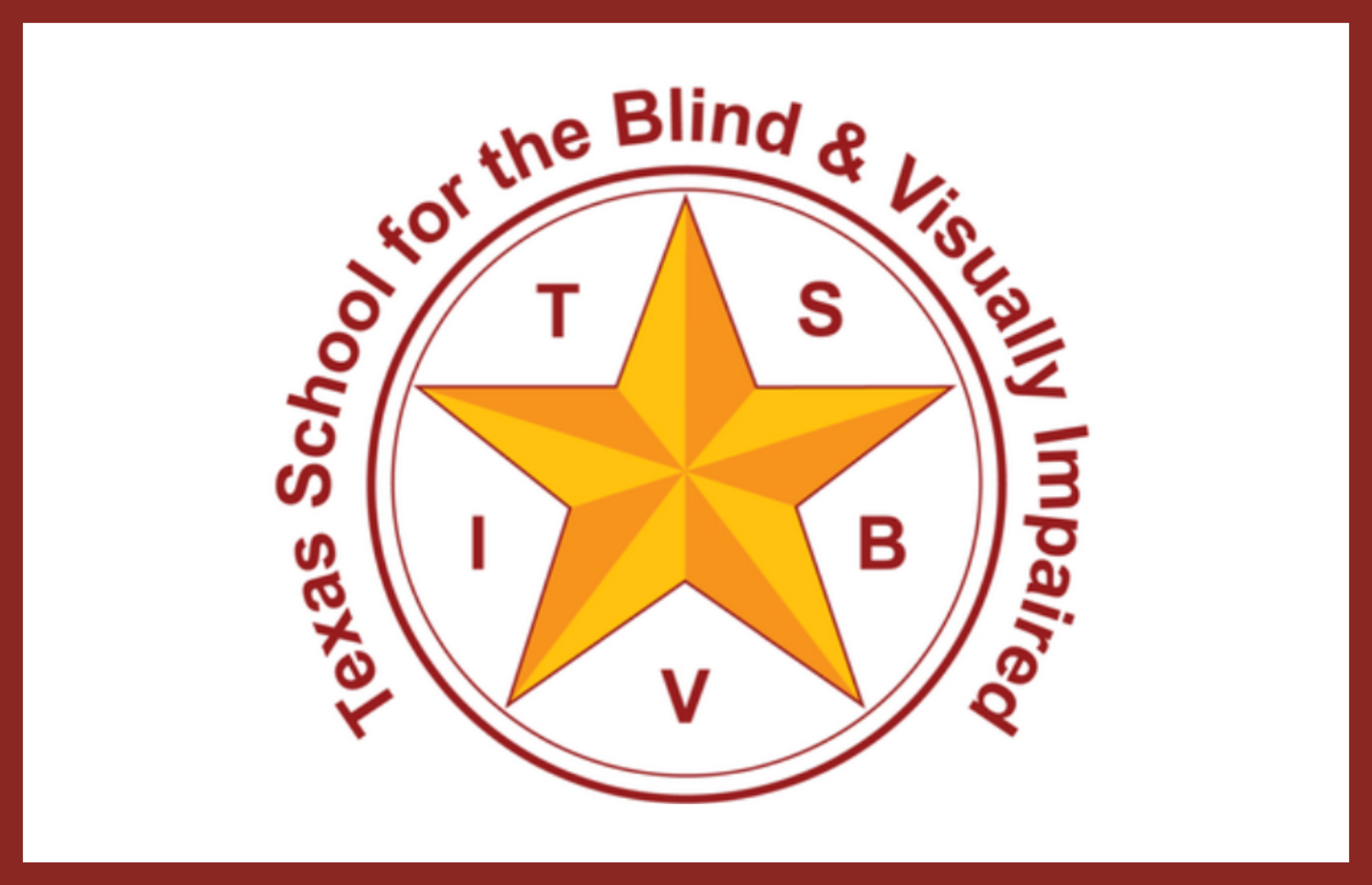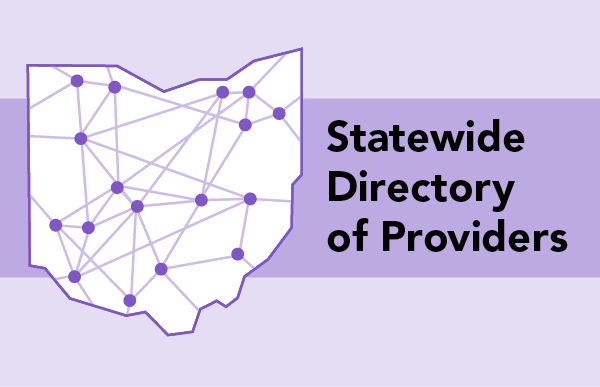Ohio Guidelines for Working with Students who are Blind or Visually Impaired
Determining Service Time and Workload
Determining Service Workload
The Office for Exceptional Children provides a workload calculator for Ohio school districts that must be used as part of the workload process to determine the service provider’s caseload. Ohio educational agencies are required to determine preschool and school-age service providers’ workload using a workload-based approach prior to the start of the school year and again when students are dismissed or students are added. Completing a time study is one way to obtain data for the workload determination. Workload activities can include, but may not be limited to, paperwork, meetings, diagnostics, screenings, progress monitoring, planning time, professional development, and travel for itinerant teachers.
Once the district determines the workload, it must be decided if it can be completed as it is assigned. If not, the district must make changes. Under the Workload Rule, schools and districts make workload determinations that consider all aspects of the service providers’ workload. This will impact the number of learners that can be assigned to a particular service provider. For learner needs to be effectively met, caseloads need to be regularly monitored to ensure equity between teachers and adequate staffing.
The workload calculator may be found on the Ohio Department of Education’s Service Provider Ratio and Workload Calculation webpage. This process supports Rule 3301-51-09 of the Ohio Operating Standards for the Education of Children With Disabilities. The end goal for the workload approach is to ensure time to deliver services and complete other aspects of the job. For additional information about the workload rule, please view this video.
Determining Service Delivery Time
To assist in determining the amount of time an itinerant TVI or COMS should provide services to individual learners, the Vision Services Severity Rating Scales (VSSRS), designed by Michigan Department of Education Low Incidence Outreach, are recommended for guidance.
TheVisual Impairment Scale of Service Intensity of Texas (VISSIT) is another tool designed to help TVIs in determining the type and amount of services (direct consultation or collaborative consultation) to recommend for students, based on student need in the ECC. This does not address the overall workload of the TVIs, but primarily focuses on student needs.



